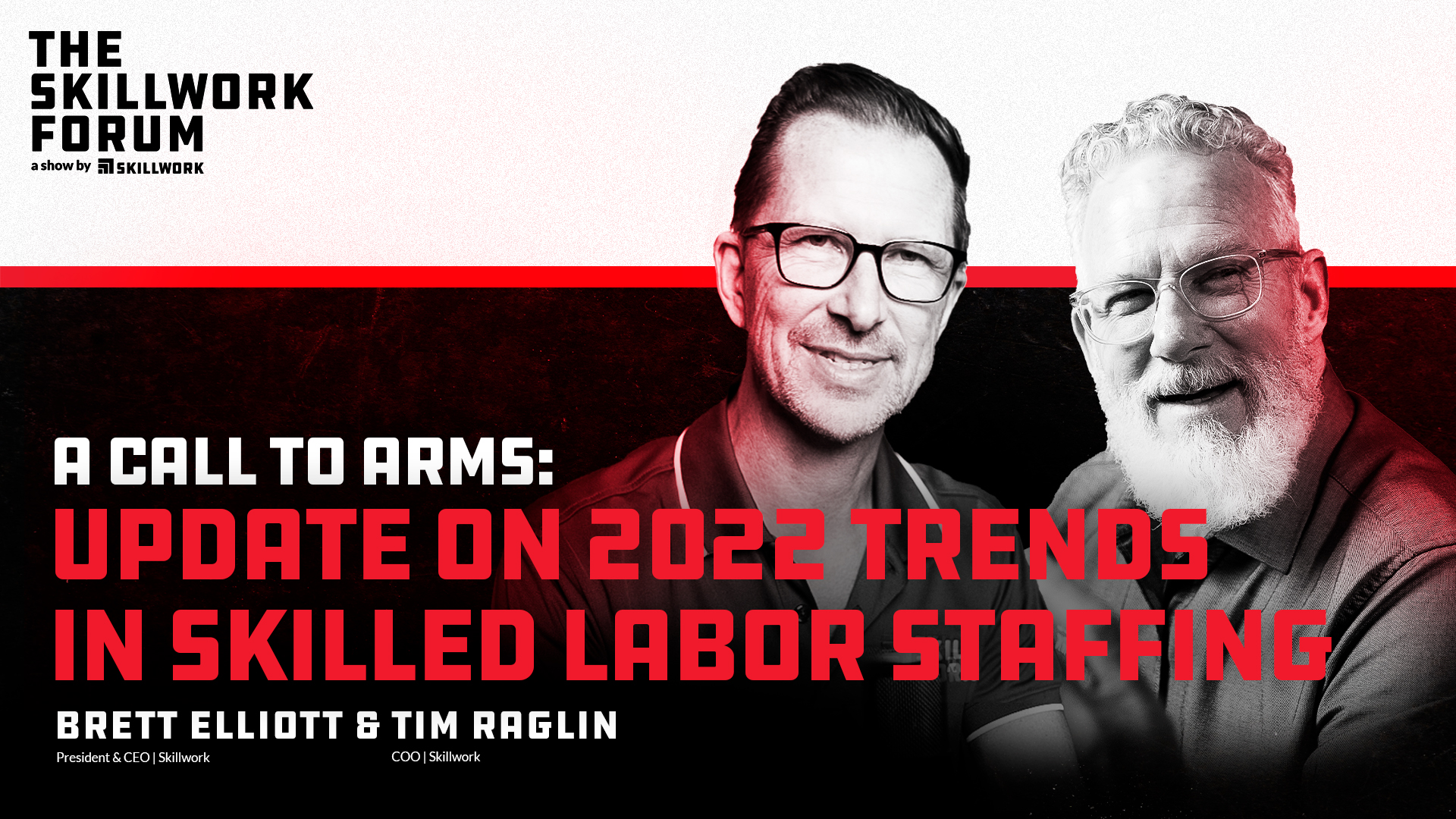Wages And Benefits On The Rise

Wages and Benefits on the Rise: Are You Staying Competitive?
With record inflation and job openings around the country, companies are realizing that they need to increase wages and benefits in order to stay competitive. If you want to hire and retain quality skilled workers, this is critical. However, there are some pitfalls to this process. In this article we cover the reasons for increased wages as well as problems to avoid.
Why You Should Increase Wages and Benefits
The Great Resignation
Unprecedented numbers of employees are voluntarily leaving or quitting their jobs, and this isn’t confined to specific industries. From March to July in 2021, 19 million people quit their jobs. Then, in September and October alone, another almost 9 million left.
Not only that, but according to Bankrate Survey, 55% of Americans who are employed or looking for a job said they would likely look for a new job in the next 12 months. That number is even higher for the younger generations.
This is putting enormous pressure on an already-tight labor market. On top of job shortages, record inflation means that employees have less buying power with their current wages, driving up demand for increased compensation.
Bottom line: your labor shortage and staffing challenges will continue to face significant headwinds in 2022. However, there is something you can do to counter these obstacles and retain your talent.
A way to find and keep your employees
We’ve covered various ways to combat staffing issues in the past, such as investing in your culture, training, job flexibility, and truly respecting your workers. But there is one tried and true method to retaining talent: increasing wages and benefits.
This is especially true in our competitive market with growing inflationary pressures. The labor market was tight even pre-pandemic and economic challenges—and it’s definitely a problem now. Companies simply need to reassess their compensation strategies. This will be vital even just to keep pace with the market, but especially so if you want to get ahead of your competition.
2022 is expected to see a significant rise in wages and benefits across all sectors
The fact is, the numbers are already trending up. A recent article by CNBC broke out the statistics for these increases:
- More than half of HR leaders said their company expects average merit increases of over 5%
- Overall there is a 3.9% jump in wage costs—the highest since 2008
- Nearly 70% said cash bonuses are on the rise for hiring and retention
Much of this can be attributed to the “Big Quit”, and it’s a vicious cycle. Since those who switch jobs see better wage increases, it motivates workers to continue looking for better opportunities. The reality is, companies are doing more to attract new talent than they are to keep the quality employees they already have.
Companies need to recognize and respect their workers with adequate wages and opportunities. If not, they’ll be realizing how valuable that individual was after they leave for a better opportunity. In today’s labor market, you can’t afford that loss.
How to Increase Wages and Benefits Without Consequences
Avoid “pay compression” at all cost
One thing that can happen when companies increase wages and benefits to attract new hires is “pay compression”. In normal cases, there is a spectrum of wages spread throughout a company from new hires to more experienced employees, depending on skills and experience.
Pay compression happens when companies pay new employees more in an effort to fill holes in their workforce. This compresses the wage spectrum so there’s little to no difference between employees, regardless of their differences in knowledge, skills, or experience. In extreme cases, it can even be upside down—the new hires making more than the workers who have been there for a while.
If you’re not intentionally thinking ahead, pay compression can easily creep in. When you’re so focused on solving the immediate problem (“we need workers, now”), it’s easy to forget about the collateral damage to your company culture, future turnover, and even your ability to meet deadlines effectively.
We hear this often in the manufacturing and energy sectors. There’s an enormous demand for supply combined with reduced labor, which drives wages up. In some cases, companies are so desperate that frontline workers are making more than highly specialized tradesmen. If you don’t recognize your experienced talent with respectable wages, benefits, and opportunities, they will eventually get frustrated and leave—putting you on the “crazy cycle” of even more wage increases for new workers to fill the gaps.
So how can you retain skilled workers? As you continue to increase wages and hiring bonuses for the new hires, you have to also increase them for the people you already have. Get creative with compensation plans, retention bonuses, and rewarding loyalty.
Make your benefits more competitive
Wages aren’t the only way to stay competitive in today’s labor market. In a study by Credit Karma, 45% of Americans plan to explore new job opportunities in 2022, primarily for pay reasons. Of those looking for new jobs, 22% said they were also looking for better benefits.
Benefits can be used to both attract and retain employees.
With the rising costs of healthcare coupled with inflation, good health insurance is a significant draw. Focus on lower-cost plans, flexibility, and decreasing deductibles. Many employees appreciate having multiple options for health insurance plans, so they can choose the one that’s right for them. You can also consider having HSA plans available and incentivizing healthy lifestyles with HSA contributions.
Healthcare is a significant part of a benefits package, but it’s not the only thing. Consider other things like:
- Flexible PTO
- Company culture
- Options for remote work
- Flexible work schedules and job sharing
- Childcare assistance
- Gym memberships
- Adding an Employee Assistance Program (EAP).
It’s important to offer real, solid benefits here, not just things like a nice break room or free lunch. Not only do good benefits alleviate the financial burdens of your employees, but it also shows them that you respect and care for their overall wellbeing.
Summary
Today’s labor shortages and competitive market are driving up wages and benefits, so companies need to consider adjusting their compensation strategies if they want to find, hire, and retain quality talent. You should also consider benefits packages as a key area of compensation for your workers.
It’s equally important to avoid the “pay compression” cycle, where your new hire salaries increase faster than current employees. This only adds stress to your staff and negatively affects company culture.
Need help finding skilled workers? We strategize competitive wages and benefits so you don’t have to. Contact us today on our website and find the quality workers you need.

